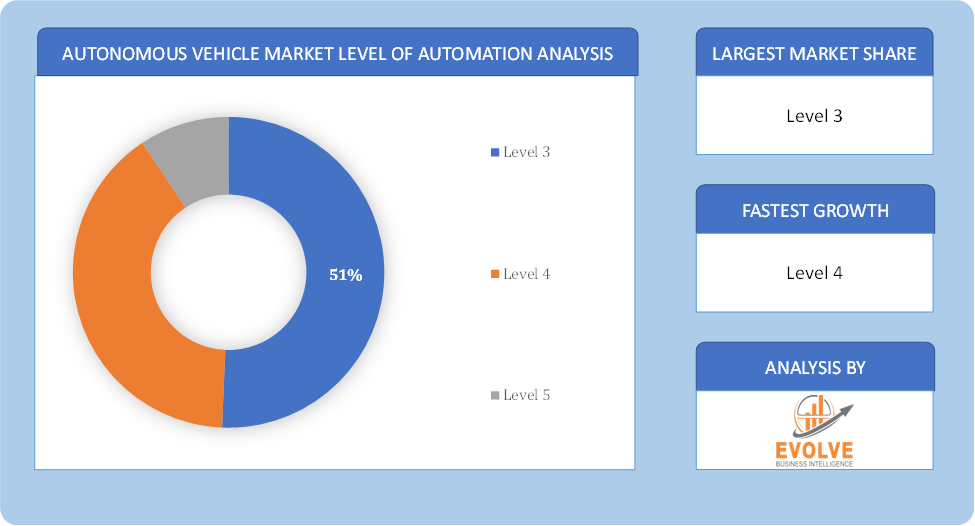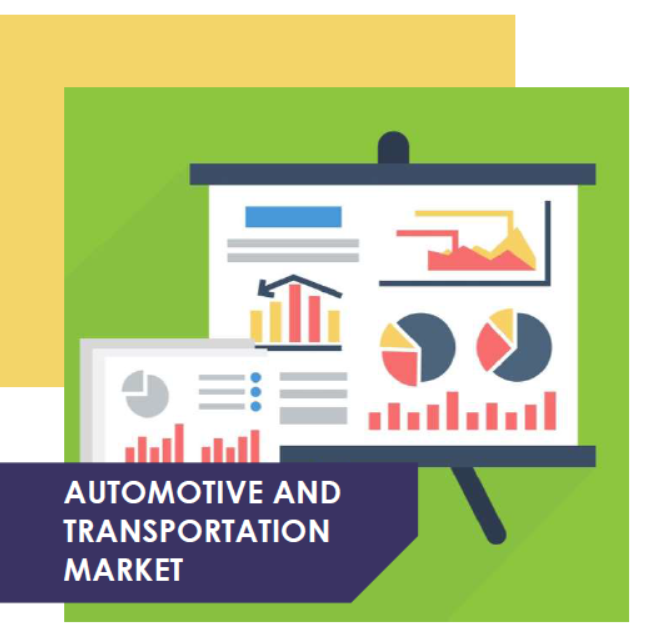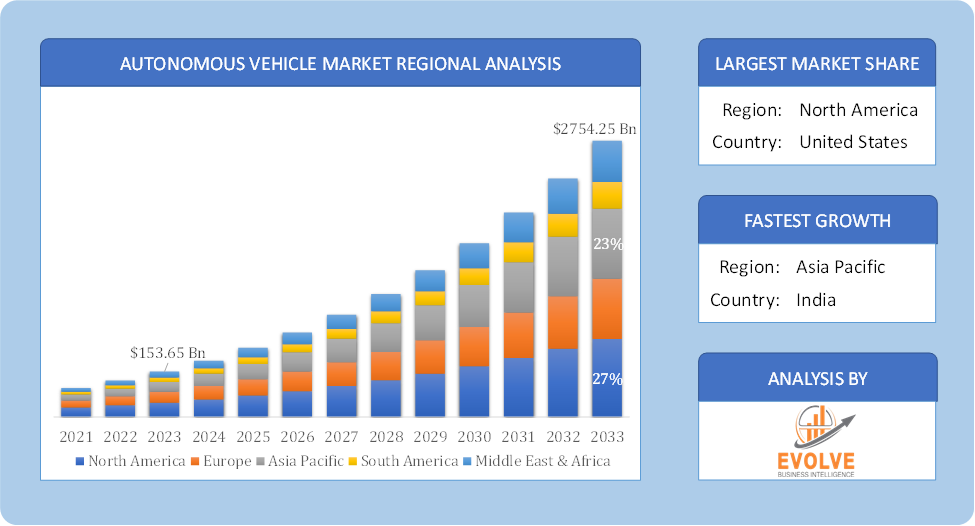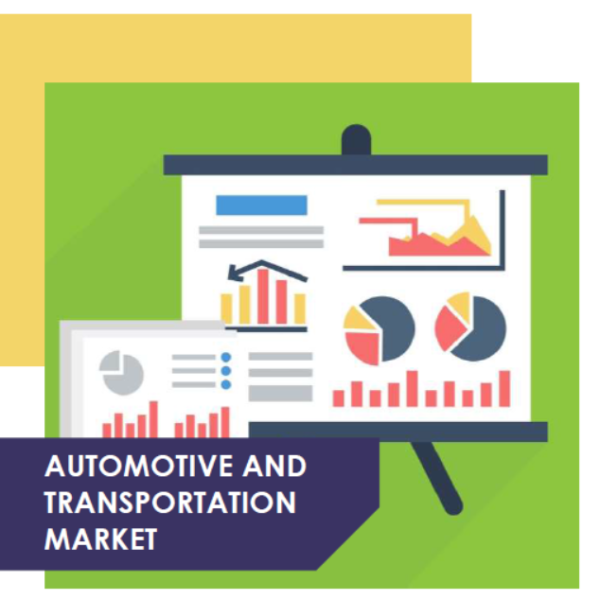Autonomous Vehicle Market Overview
The Autonomous Vehicle Market Size is expected to reach USD 2754.25 Billion by 2033. The Autonomous Vehicle Market industry size accounted for USD 153.65 Billion in 2023 and is expected to expand at a compound annual growth rate (CAGR) of 33.54% from 2023 to 2033. The Autonomous Vehicle Market refers to the industry encompassing the development, production, and sale of self-driving or driverless vehicles. These vehicles are equipped with advanced technologies, such as artificial intelligence (AI), machine learning, sensors, and navigation systems, that enable them to operate without human intervention. The market includes various types of autonomous vehicles, ranging from passenger cars and commercial trucks to public transportation and delivery drones.
Factors influencing the Autonomous Vehicle Market include technological advancements, regulatory frameworks, safety concerns, infrastructure development, and consumer acceptance. Leading players in this market often include automotive manufacturers, tech companies, and specialized startups.
Global Autonomous Vehicle Market Synopsis
 COVID-19 Impact Analysis
COVID-19 Impact Analysis
The COVID-19 pandemic had significant impacts on the Autonomous Vehicle (AV) Market. The pandemic caused significant disruptions in global supply chains, affecting the availability of key components such as sensors, chips, and other electronic parts essential for AV development. This led to delays in production and increased costs. Lockdowns and social distancing measures resulted in the postponement of many AV testing programs. Companies faced challenges in continuing on-road tests, which are crucial for data collection and validation of autonomous systems. The pandemic accelerated the adoption of digital technologies and innovation in the automotive industry. Companies focused on enhancing their AV technologies, improving remote monitoring, and developing more sophisticated simulation tools to continue progress despite physical testing limitations. Consumer attitudes towards autonomous vehicles experienced a shift, with increased awareness and interest in the potential benefits of AVs in ensuring safety and reducing human interaction during pandemics. However, economic uncertainties led to cautious spending behavior among consumers, affecting the overall demand for new technologies.
Autonomous Vehicle Market Dynamics
The major factors that have impacted the growth of Autonomous Vehicle Market are as follows:
Drivers:
Ø Technological Advancements
Rapid progress in AI, machine learning, sensor technologies (such as LiDAR, radar, and cameras), and computing power is enabling the development of more sophisticated and reliable autonomous systems. Autonomous vehicles have the potential to significantly reduce accidents caused by human error, which accounts for the majority of road accidents. Enhanced safety features and the ability to continuously monitor the environment contribute to safer transportation. There is a growing demand for ride-hailing, car-sharing, and other mobility-as-a-service (MaaS) solutions. Autonomous vehicles can provide cost-effective and efficient transportation options, especially in urban areas.
Restraint:
- Perception of High Development and Production Costs
The research, development, and production of autonomous vehicles involve substantial investments in technology, infrastructure, and skilled labor. These high costs can limit the ability of companies to develop and deploy AVs on a large scale. Despite advancements, there are still technological limitations in areas such as sensor accuracy, data processing, and real-time decision-making. AVs must be able to handle a wide range of driving conditions, including adverse weather, complex traffic, and unexpected obstacles.
Opportunity:
⮚ Expansion of Mobility Services
The rise of mobility-as-a-service (MaaS) models offers significant opportunities for autonomous vehicles. AVs can be used for ride-hailing, car-sharing, and other on-demand transportation services, providing convenient and cost-effective mobility solutions. The convergence of autonomous and electric vehicle technologies offers opportunities to create sustainable transportation solutions. AVs powered by electric drivetrains can reduce emissions, improve energy efficiency, and support environmental goals. The AV market presents opportunities for new business models and revenue streams. Companies can explore subscription services, data monetization, and partnerships with technology providers to create value-added services.
Autonomous Vehicle Market Segment Overview
 By Level of Automation
By Level of Automation
Based on level of Automation, the market is segmented based on Level 3, Level 4 and Level 5. The Level 3 segment dominant the market. Level 3 automation has advanced automation capabilities, but they still require human intervention in certain situations. Level 3 vehicles can handle most driving tasks autonomously, including acceleration, braking, and lane-keeping, under specific conditions and on predefined routes. Level 3 automation strikes a balance between autonomous driving convenience and the need for human oversight, making it the preferred choice for many automakers and individuals, as it offers a higher degree of automation while addressing regulatory and safety concerns.
By Component
Based on Component, the market segment has been divided into the Hardware, Software and Service. The software and services segment includes sophisticated software algorithms, machine learning (ML) models, and artificial intelligence (AI) systems that enable self-driving vehicles to perceive their surroundings, interpret data, and make intelligent decisions. Additionally, services, such as mapping, data analytics, over-the-air updates, and remote monitoring are crucial for the efficient operation and continuous improvement of autonomous vehicles (Avs). The software and services segment is the largest and fastest-growing portion of the market, as it is central to enhancing the capabilities, safety, and functionality of autonomous vehicles. It plays a pivotal role in the ongoing development and optimization of self-driving technology, making it a key focus for industry stakeholders and investors.
By Application
Based on Application, the market segment has been divided into the Civil, Robo taxi, Ride hail, Self-driving truck and Others. The civil segment dominant the Autonomous Vehicle Market. Autonomous vehicles are increasingly being developed for urban transportation solutions, including ride-hailing services, public transit, and shuttle services. These AVs aim to improve mobility, reduce traffic congestion, and enhance transportation efficiency in cities.
Global Autonomous Vehicle Market Regional Analysis
Based on region, the global Autonomous Vehicle Market has been divided into North America, Europe, Asia-Pacific, the Middle East & Africa, and Latin America. North America is projected to dominate the use of the Autonomous Vehicle Market followed by the Asia-Pacific and Europe regions.
 Autonomous Vehicle North America Market
Autonomous Vehicle North America Market
North America holds a dominant position in the Autonomous Vehicle Market. The U.S. is a leader in autonomous vehicle technology, with significant investments from tech giants like Google (Waymo), Tesla, and traditional automakers like General Motors (Cruise). Regulatory support varies by state, with California and Arizona being notable for their conducive environments for AV testing. High demand for ride-hailing and logistics solutions drives AV adoption.
Autonomous Vehicle Asia-Pacific Market
The Asia-Pacific region has indeed emerged as the fastest-growing market for the Autonomous Vehicle Market industry. China is rapidly advancing in AV technology, with major investments from Baidu (Apollo), Alibaba, and Tencent. Strong government support through policies and smart city initiatives. High urbanization rates, substantial government backing, and demand for advanced mobility solutions.
Competitive Landscape
The global Autonomous Vehicle Market is highly competitive, with numerous players offering a wide range of software solutions. The competitive landscape is characterized by the presence of established companies, as well as emerging startups and niche players. To increase their market position and attract a wide consumer base, the businesses are employing various strategies, such as product launches, and strategic alliances.
Prominent Players:
- Audi AG
- BMW AG
- Daimler AG
- Ford Motor Company
- GENERAL MOTORS
- Honda Motor Corporation
- Nissan Motor Company
- Tesla
- Toyota Motor Corporation
Key Development
In March 2023: Ford Motor Company announced the establishment of Latitude AI, a wholly-owned subsidiary focused on developing a hands-free, eyes-off-the-road automated driving system for millions of vehicles.
In May 2023: Toyota Motor Corporation launched a joint project to develop an autonomous light vehicle that will run on Komatsu’s Autonomous Haulage System.
Scope of the Report
Global Autonomous Vehicle Market, by level of Automation
- Level 3
- Level 4
- Level 5
Global Autonomous Vehicle Market, by Component
- Hardware
- Software
- Service
Global Autonomous Vehicle Market, by Application
- Civil
- Robo taxi
- Ride hail
- Self-driving truck
- Others
Global Autonomous Vehicle Market, by Region
- North America
- US
- Canada
- Mexico
- Europe
- UK
- Germany
- France
- Italy
- Spain
- Benelux
- Nordic
- Rest of Europe
- Asia Pacific
- China
- Japan
- South Korea
- Indonesia
- Austalia
- Malaysia
- India
- Rest of Asia Pacific
- South America
- Brazil
- Argentina
- Rest of South America
- Middle East & Africa
- Saudi Arabia
- UAE
- Egypt
- South Africa
- Rest of Middle East & Africa
| Parameters | Indicators |
|---|---|
| Market Size | 2033: USD 2754.25 Billion |
| CAGR (2023-2033) | 33.54% |
| Base year | 2022 |
| Forecast Period | 2023-2033 |
| Historical Data | 2021 (2017 to 2020 On Demand) |
| Report Coverage | Revenue Forecast, Competitive Landscape, Growth Factors, and Trends |
| Key Segmentations | Level of Automation, Component, Application |
| Geographies Covered | North America, Europe, Asia-Pacific, South America, Middle East, Africa |
| Key Vendors | Audi AG, BMW AG, Daimler AG, Ford Motor Company, GENERAL MOTORS, Google, Honda Motor Corporation, Nissan Motor Company, Tesla and Toyota Motor Corporation. |
| Key Market Opportunities | · Expansion of Mobility Services · Electrification and Sustainability |
| Key Market Drivers | · Technological Advancements · Increased Demand for Mobility Services |
REPORT CONTENT BRIEF:
- High-level analysis of the current and future Autonomous Vehicle Market trends and opportunities
- Detailed analysis of current market drivers, restraining factors, and opportunities in the future
- Autonomous Vehicle Market historical market size for the year 2021, and forecast from 2023 to 2033
- Autonomous Vehicle Market share analysis at each product level
- Competitor analysis with detailed insight into its product segment, Government & Defense strength, and strategies adopted.
- Identifies key strategies adopted including product launches and developments, mergers and acquisitions, joint ventures, collaborations, and partnerships as well as funding taken and investment done, among others.
- To identify and understand the various factors involved in the global Autonomous Vehicle Market affected by the pandemic
- To provide a detailed insight into the major companies operating in the market. The profiling will include the Government & Defense health of the company’s past 2-3 years with segmental and regional revenue breakup, product offering, recent developments, SWOT analysis, and key strategies.


 Autonomous Vehicle North America Market
Autonomous Vehicle North America Market



